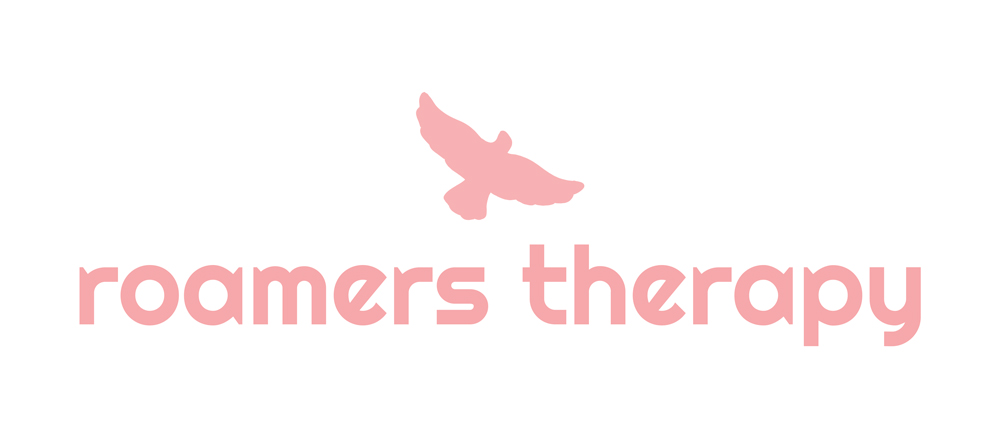What does it mean to be emotionally dysregulated?
Have you ever experienced a stressful situation and quickly became flooded with emotion and/or reacted in a way that was not appropriate for the situation? This is known as emotional dysregulation, or the inability to manage and process emotional responses in an appropriate way. Emotional dysregulation can present itself across a wide range of emotions, such as anger, worry, fear, and sadness. In essence, emotional dysregulation means that our reactions were larger than the situation called for. Some emotional dysregulation every now and then can be normal, but persistent and prolonged dysregulation can be indicative of depression, anxiety, burnout, or trauma.
How does emotional dysregulation affect me?
Emotional dysregulation isn’t always a cause of concern – every now and then we experience stress which may make us feel overwhelmed. However, when we consistently feel overwhelmed and unable to manage our emotions, it may be time to reflect on how we’ve been feeling and managing stress. For example, someone can exhibit emotional dysregulation by getting overly angry when someone cuts them off. While this is frustrating, it may not be enough to ruin your entire day. Similarly, someone may exhibit anxiety in the same way. They may be running 5 minutes late to work and begin sweating and hyperventilating. Being late to work can be very stressful, but it isn’t worth the energy we invest in getting overly flustered. Stressful situations happen, and it’s okay to feel too stressed, sad, and even angry. However, it’s important to not let one incident color our entire day.
How can I manage emotional dysregulation?
The first step in managing emotional dysregulation is being able to identify the signs of said dysregulation. Are you feeling hot? Are you getting sweaty? Is it difficult for you to breathe? Do you feel overly sad or angry? Have you entered a spiral of worry? When we can identify the signs of emotional dysregulations, we can then intervene clinically. The next step is to introduce an intervention to help regulate your emotions – a good technique for regulating emotions is a grounding exercise.
One good grounding exercise is known as the Rainbow Room. This is when you look around the room and identify one object for every color of the rainbow (e.g, red apple, orange ball, yellow shoes, etc). This will help recenter yourself so you can move forward and decide an appropriate way to handle the stressor.
Another option is the 5-4-3-2-1 method, which is to look around the room and identify 5 things you see, 4 things you feel, 3 things you can hear, 2 things you can smell, and 1 thing you can taste.
If these techniques don’t work, or you forget what to do or look for, you can always take a break from the situation and take a couple of deep breaths before moving forward with the situation. It can become easy to be so overwhelmed that we lose track of where we are and not know how to move forward. But, identifying what we’re feeling and practicing mindfulness can help us get recentered and remind us that the situation and our emotions can be managed.
This page is also part of the Roamers Therapy Glossary; a collection of mental-health related definitions that are written by our therapists.
While our offices are currently located at the South Loop neighborhood of Downtown Chicago, Illinois, we also welcome and serve clients for online therapy from anywhere in Illinois and Washington, D.C. Clients from the Chicagoland area may choose in-office or online therapy and usually commute from surrounding areas such as River North, West Loop, Gold Coast, Old Town, Lincoln Park, Lake View, Rogers Park, Logan Square, Pilsen, Bridgeport, Little Village, Bronzeville, South Shore, Hyde Park, Back of the Yards, Wicker Park, Bucktown and many more. You can visit our contact page to access detailed information on our office location.
